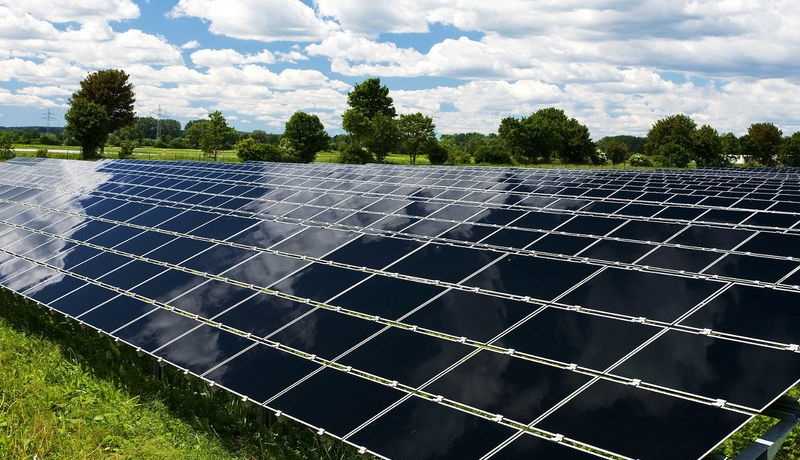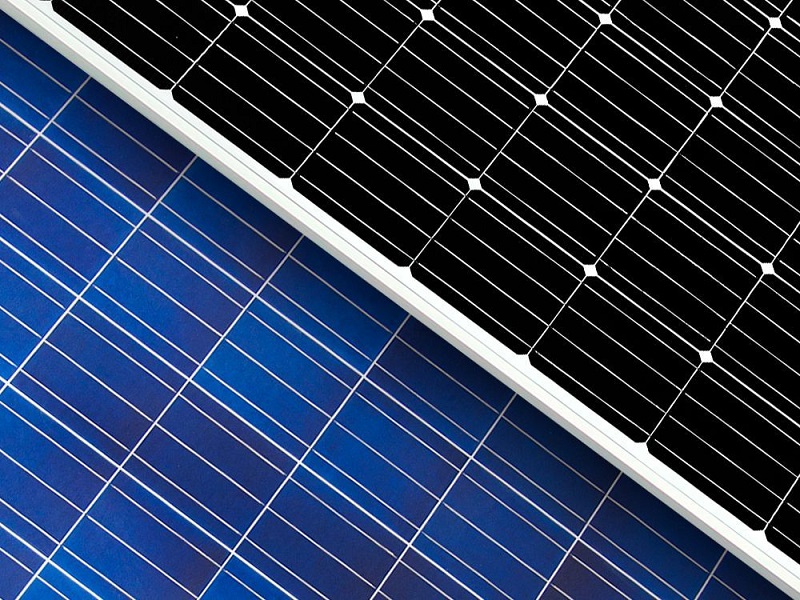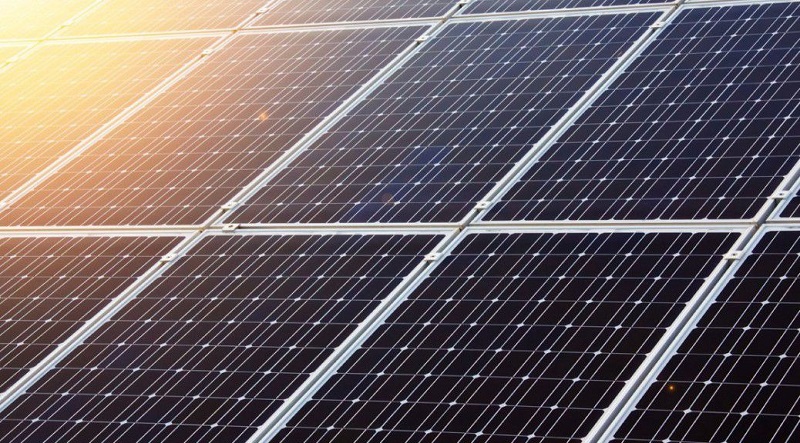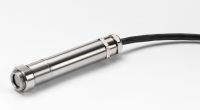The Future of Solar – Explaining the Difference Between Thin & Film Cells
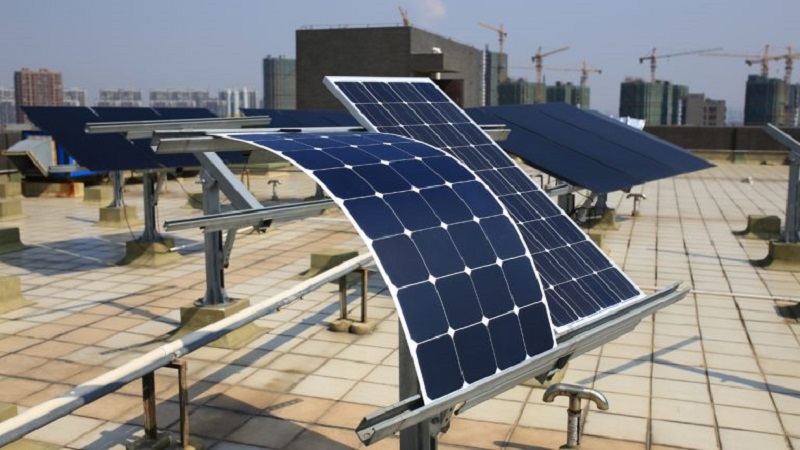
As we all know, solar panels are the future of harnessing power since the sun’s energy is eternal and that makes them a smart investment. However, when we think of solar panels, we usually think of the usual thick glass blocks and while this is the most common implementation of it, there are two more futuristic options – thin panels and flexible film cells. Although these are quite similar at a first glance, their core technology and capabilities are different.
Thin Panels
Technology
The most common thin panel cells used today are the monocrystalline type which is also the oldest solar panel technology made using the Czochralski method which involves placing a silicon crystal “seed” into a vat of molten silicon. Thin solar panels that use monocrystalline cells usually have an ETFE construction which is made of 7 layers. The end result of the above-mentioned method is the well-known silicon wafer which is basically a finely sliced ingot.
Thin solar panels that use polycrystalline have a distinctive pattern to them which is the result of multiple silicone layers being blended together. Unlike monocrystalline panels, silicon crystal seed is not drawn out but left to cool down which forms the distinctive edges and grains in the cell. Their blue hue is the result of using multiple silicon crystals and so is the randomized pattern which is formed due to the different fragments being melted together.
Advantages
Monocrystalline thin solar panels may not have the flexibility of film cells, but they are four times more efficient and unlike standard solar panels, they don’t take up as much space. These thin panels feature the highest-grade silicon which is extremely durable and sturdy and that is why they often exceed their 25-year warranty.
Polycrystalline panels, on the other hand, are less efficient than monocrystalline cells, but they have a lower heat tolerance, which means they perform better in high temperatures. These panels are also easier to manufacture and produce less waste during that process which makes them cheaper than monocrystalline panels. They also have a marginally better temperature coefficient than their mono cell thin solar panels.
Film Solar Cells
Technology
First, we have filmsolar solutions made of Cadmium telluride (CdTe) which is the most commonly used technology as it holds almost 50% of the market. An important part of this technology is the fact that it contains a considerable amount of Cadmium which is a relatively toxic element.
CIGS or Copper Indium Gallium Selenide units are the most efficient in this category of solar panels since they can reach 22.4% efficiency but unfortunately, this has only been tested in laboratory conditions and it is yet to be proven in real-world use.
The second most common technology used in film solar cells is Amorphous silicon (a-Si) which is somewhat similar to that of a standard solar panel. But unlike its counterparts (CIGS and CdTe), it is a better option when it comes to durability and toxicity. Of course, this comes at the cost of efficiency which makes this technology only useful for consumer electronics since they require small electrical loads.
The most expensive and most efficient technology is Gallium arsenide which holds the world record in solar panel efficiency – 28.9% for all single-junction solar cells. The primary market of this technology since its meant to be used for versatile and mass scale instalment in unusual environments.
DCS (Dye-sensitized solar cell) or also known as Grätzel cells were first introduced in 1991 but there have been a couple of iterations. The latest version of DCS technology is made from two layers – one is a thin layer of titanium oxide and the latter is layered over the former and has ultrathin nano-sized semiconductor crystals. This technology has an efficiency rate of 11% but it is only useful in small applications.
Advantages
Although thick solar panels usually pick up more energy, film solar cells perform way better in low light conditions especially in shaded areas and are also ideal for powering small items like shavers and hot water tanks. Since they are way cheaper than a conventional solar panel, thin panels can be used in large number and make up for the lack of efficiency. The low light performance of film solar cells is due to they are structured with multiple layers which allow for a broader spectrum of sunlight to be absorbed. The absorption ranges from 400nm to 1200nm in wavelength whilst a standard solar panel has an absorption range from 400nm to 1000nm in wavelength.
Unlike conventional panels which will produce less electricity when temperatures drop below 25°C, thin panels aren’t affected by high temperatures as much. For example, if you take an amorphous silicone panel, which is closest to the conventional panels in regards to its technology, you will notice a significantly smaller temperature coefficient. For a-Si panels, this is usually 0.2% per degree and for conventional panels it’s 0.5% per degree. This equates to a 3% difference working under the same temperature which in this case is 35°C – 8% decrease in efficiency for the a-Si panel and 11% decrease for its bulkier counterpart.
While thin panels are already cheaper than their thick silicone counterparts, some experts suggest that their price will continue to fall to the point where they will be under 72 AUD per square metre. Compared to the price of a silicone cell, which is usually range around 145 to 290 AUD per square metre the former is going to be a more cost-effective method.

Portability is one big advantage thin solar panels have over their initial big bulky brother which can’t be carried around as easily. You can take them with you on your caravanning trip and use them on different locations for various low power items. Due to their malleability, thin panels can be shaped into small tiles and fitted on a higher number of applications. When the sun is not shining or when the energy source is not needed you can always put them away.
Their carbon footprint is less than that of a standard solar panel meaning that the emissions required to manufacture a thin solar panel are far less. While this is the case with CdTe technology too, the amount of cadmium in a panel makes for a toxic environment, but you can always go with CIGS which contains no cadmium whatsoever.

